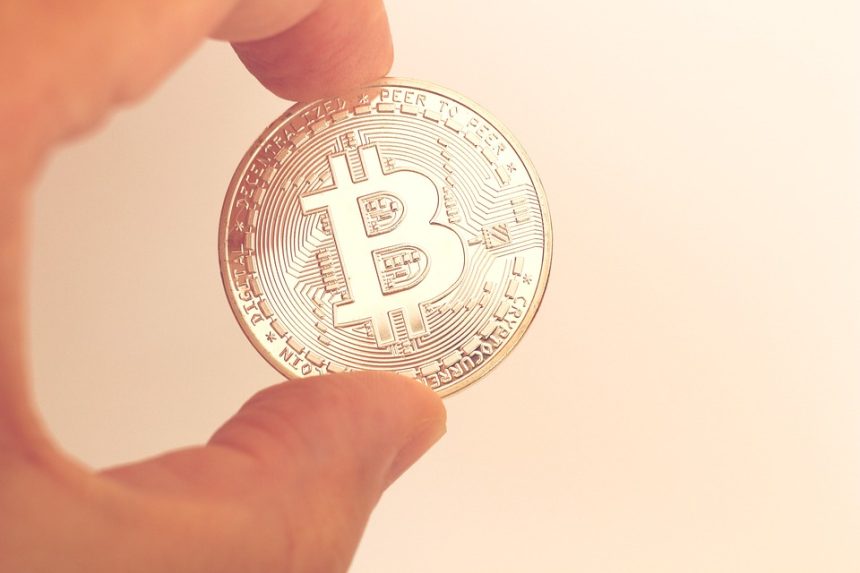The digital asset revolution is here, reshaping the financial landscape and how we understand value. As blockchain technology matures and mainstream adoption accelerates, a plethora of trends are emerging that are poised to redefine how individuals, businesses, and governments interact with digital assets. Here, we explore some of the key trends to watch as we navigate this transformative era.
1. Increased Institutional Adoption
Over the past couple of years, there has been a marked increase in institutional interest in digital assets. Major financial institutions, hedge funds, and asset management companies are not just investing in cryptocurrencies but also developing infrastructure to support digital asset transactions. This move towards institutional adoption provides greater legitimacy and stability to the digital asset ecosystem, attracting more mainstream investors. As regulatory clarity improves, we can expect further influxes of institutional capital, which will likely lead to increased liquidity and enhanced market dynamics.
2. The Rise of Central Bank Digital Currencies (CBDCs)
Central banks around the world are exploring Central Bank Digital Currencies (CBDCs) as a way to modernize the financial system, streamline payment processes, and combat the rise of decentralized cryptocurrencies. Countries like China are already making significant strides with their digital yuan, while countries such as the European Union and the United States are conducting research and pilot projects. As CBDCs gain traction, they could significantly alter the landscape of digital assets, challenging existing cryptocurrencies and changing how consumers and businesses transact.
3. DeFi and Financial Innovation
Decentralized Finance (DeFi) is one of the most exciting developments within the digital asset space. DeFi platforms offer financial services such as lending, borrowing, and trading without the need for intermediaries. This democratization of finance has the potential to disrupt traditional financial systems by providing greater access and lowering costs for consumers. As DeFi expands, we can expect innovation in financial products and services, encouraging more individuals to participate in the financial system and paving the way for new regulatory considerations.
4. NFT Expansion Beyond Art
Non-Fungible Tokens (NFTs) burst onto the scene primarily through the art world, but their applications are expanding rapidly across various industries. From gaming and music to real estate and virtual real estate in the metaverse, NFTs are redefining ownership and authenticity. As brands and creators explore new ways to engage with their audiences through NFTs, this trend is poised to disrupt traditional models of intellectual property and consumer engagement. We can expect to see innovations that leverage NFTs for loyalty programs, ticketing, and more.
5. Regulatory Developments and Compliance
Regulatory scrutiny of digital assets is intensifying globally, as governments seek to establish clear frameworks for their use. Regulations will play a crucial role in shaping the future of digital assets, impacting everything from taxation to anti-money laundering (AML) measures. Stakeholders must stay abreast of these developments to navigate compliance effectively while advocating for an environment that fosters innovation. The evolution of regulation will likely lead to a more structured and stable market, ultimately benefiting investors and consumers.
6. Interoperability and Cross-Chain Solutions
As the digital asset ecosystem continues to grow, the need for interoperability among blockchains has become increasingly evident. Cross-chain solutions allow for seamless transactions and communication between different blockchain networks, enhancing flexibility and usability for users. The development of Layer 2 solutions and bridges between various blockchain ecosystems enhances the overall user experience, allowing for greater asset mobility and reducing friction in trades and transactions.
7. Sustainability and Ethical Considerations
The environmental impact of blockchain technologies, particularly Proof of Work cryptocurrencies like Bitcoin, has been a topic of concern. As a result, there is a growing demand for sustainable practices within the digital asset space. More projects are emerging with eco-friendly mechanisms or using alternative Proof of Stake protocols. Furthermore, both investors and regulators are beginning to prioritize ethical considerations in investment decisions. The industry must address these concerns head-on to build credibility and sustainability in the long run.
Conclusion
The digital asset revolution is redefining our understanding of value, ownership, and finance. As we navigate this transformative landscape, staying informed about key trends such as institutional adoption, CBDCs, DeFi, NFTs, regulatory developments, interoperability, and sustainability will be crucial. The digital asset space holds tremendous potential for innovation and disruption, promising to create new opportunities for businesses and individuals alike. As with any revolution, the journey is filled with challenges and uncertainties, but proactive engagement and adaptability will be key to thriving in this new digital frontier.


